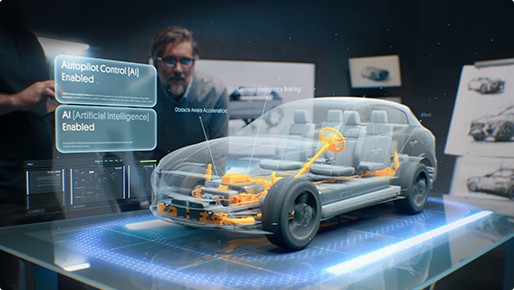Every auto dealership understands the importance of reaching the right audience at the right time. In the era of smart devices, geofencing is rapidly emerging as an invaluable tool for auto dealership marketing.
This technology allows businesses to create virtual boundaries in specific geographical areas and target customers within that vicinity. But how does this work to benefit auto dealerships specifically? Let’s dive in.


Pinpoint Targeting of Potential Buyers
Imagine a potential car buyer visiting a rival dealership nearby. You can notify them about a special promotion at your dealership through geofencing, enticing them to check out your offerings before purchasing. It’s like having a virtual salesman right outside the competition’s doors, making a last-minute pitch.

Enhanced Customer Retention
Customers who’ve bought vehicles from your dealership in the past can receive personalized service reminders when they’re nearby, say, for routine maintenance or special service discounts. Such real-time prompts enhance customer experience and ensure a higher rate of return visits.

Boost in Walk-ins with Time-sensitive Offers
Time is often of the essence in the auto sales world. By deploying geofencing, dealerships can lure nearby customers with limited-time offers or flash sales. “Passing by our showroom? Drop in the next hour for an exclusive discount!” Such tactics can drive impromptu visits, leading to potential sales.

Detailed Analytics for Campaign Optimization
With geofencing, dealerships gain insights into the frequency of visits, customer dwell time, and even foot traffic patterns. This data is gold, helping dealers refine their marketing strategies and optimize promotional efforts based on real-world customer behavior.

Leveraging Competitor Data
Beyond targeting customers at rival dealerships, geofencing can provide insights into the competition’s customer behavior, allowing dealers to adjust their strategies accordingly. If a competitor’s promotional event sees a spike in foot traffic, you can deploy counter-offers to divert some of that audience your way.
Conclusion
In conclusion, geofencing offers auto dealerships an edge in the competitive landscape by enabling precise targeting, enhancing customer relationships, and providing valuable data for marketing refinement. At T3 Marketing, our expert team has worked on developing a product like no other. GeoMap allows you to hone in and target 12 competitors and their store traffic. Paired with our best-in-class marketing strategy – this product delivers 100% conquest transactions for your dealership.





























































